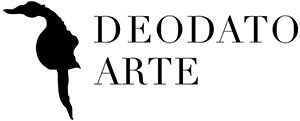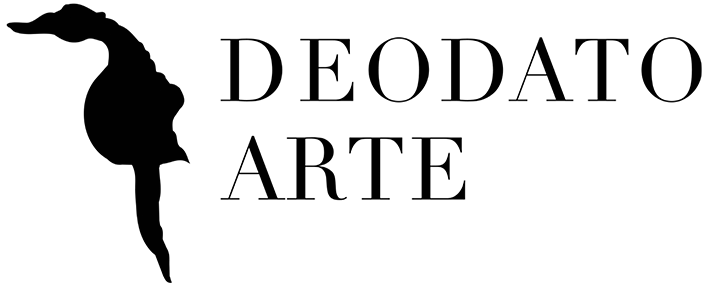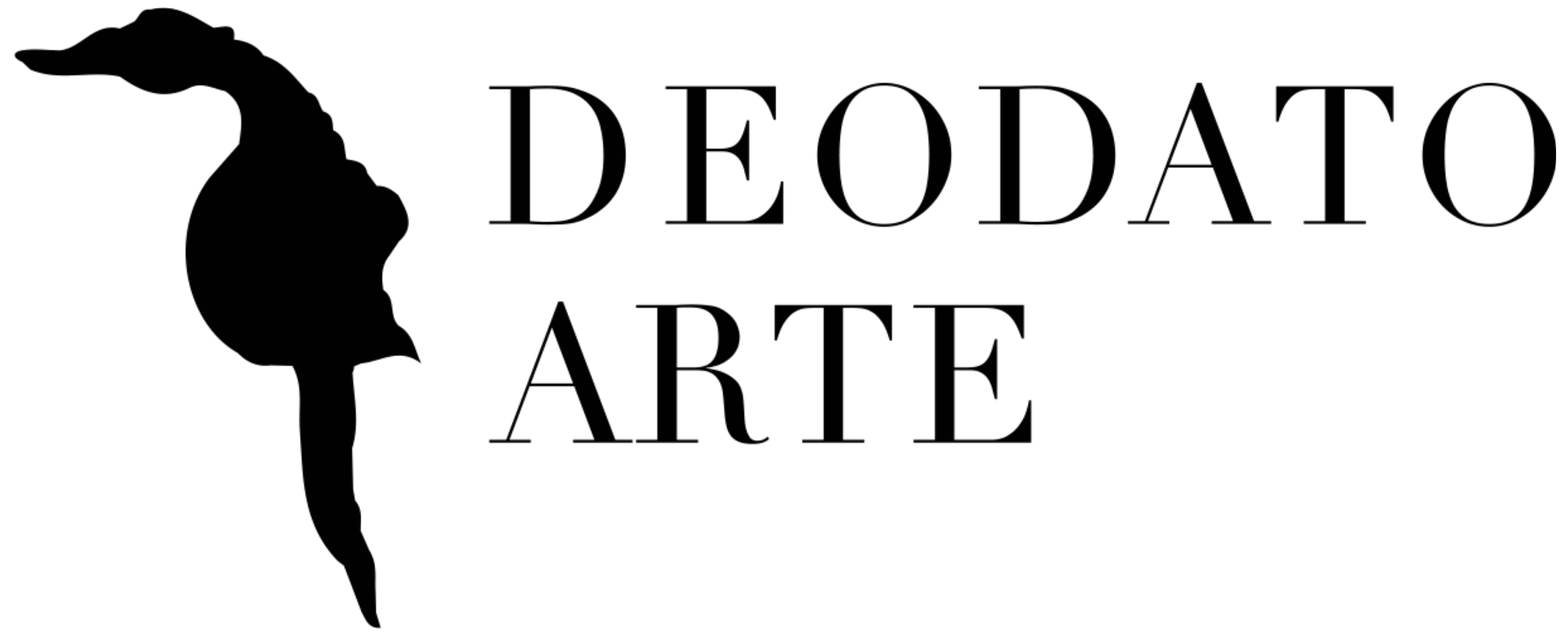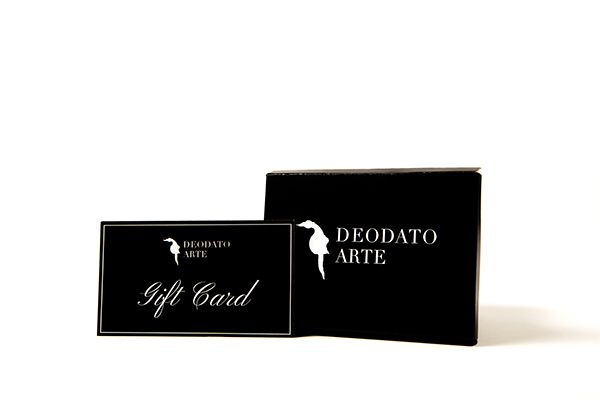- Home
- Artists
- Alex Katz
- Andy Warhol
- Angelo Accardi
- Arman
- Arnaud Nazare-Aga
- Banksy
- Bearbrick
- Bernard Aubertin
- Christo
- Damien Hirst
- Daniele Fortuna
- David Kracov
- David LaChapelle
- Dorit Levinstein
- Felipe Cardena
- Georges Braque
- Giosetta Fioroni
- Helmut Newton
- Henri Matisse
- iClim
- Invader
- James Rosenquist
- Jean-Michel Basquiat
- Jeff Koons
- Joan Miró
- José Molina
- Kaws
- Keith Haring
- Kenny Scharf
- Liu Bolin
- Lucio Fontana
- Marc Chagall
- Marco Glaviano
- Marco Lodola
- Mark Kostabi
- Maxime Siau
- Miaz Brothers
- Mimmo Rotella
- Mr. Brainwash
- Mr. Savethewall
- Obey
- Orticanoodles
- Pablo Picasso
- Richard Orlinski
- Robert Indiana
- Roy Lichtenstein
- Romero Britto
- Salvador Dalì
- Stik
- Takashi Murakami
- Tomoko Nagao
- Tvboy
- Yayoi Kusama
- ...other artists
- Athos Faccincani
- Carlo Massimo Franchi
- Davide Nido
- Franco Costalonga
- Francesco Musante
- Giampaolo Talani
- Giovanna Fra
- Giuliano Grittini
- Giuseppe Chiari
- Hiroyuki Takahashi
- Hitomi Maehashi
- Lido Bettarini
- Manolo Valdés
- Manuela Manes
- Matteo Guarnaccia
- Maurizio Galimberti
- Mimmo Paladino
- Salvatore Emblema
- Sam Francis
- Ugo Nespolo
- Xiaogang Zhang
- Gift Shop
- META VR
- BLOG
- ABOUT
- BUSINESS B2B
- Artists
- Alex Katz
- Andy Warhol
- Angelo Accardi
- Arman
- Arnaud Nazare-Aga
- Banksy
- Bearbrick
- Bernard Aubertin
- Christo
- Damien Hirst
- Daniele Fortuna
- David Kracov
- David LaChapelle
- Dorit Levinstein
- Felipe Cardena
- Georges Braque
- Giosetta Fioroni
- Helmut Newton
- Henri Matisse
- iClim
- Invader
- James Rosenquist
- Jean-Michel Basquiat
- Jeff Koons
- Joan Miró
- José Molina
- Kaws
- Keith Haring
- Kenny Scharf
- Liu Bolin
- Lucio Fontana
- Marc Chagall
- Marco Glaviano
- Marco Lodola
- Mark Kostabi
- Maxime Siau
- Miaz Brothers
- Mimmo Rotella
- Mr. Brainwash
- Mr. Savethewall
- Obey
- Orticanoodles
- Pablo Picasso
- Richard Orlinski
- Robert Indiana
- Roy Lichtenstein
- Romero Britto
- Salvador Dalì
- Stik
- Takashi Murakami
- Tomoko Nagao
- Tvboy
- Yayoi Kusama
- ...other artists
- Athos Faccincani
- Carlo Massimo Franchi
- Davide Nido
- Franco Costalonga
- Francesco Musante
- Giampaolo Talani
- Giovanna Fra
- Giuliano Grittini
- Giuseppe Chiari
- Hiroyuki Takahashi
- Hitomi Maehashi
- Lido Bettarini
- Manolo Valdés
- Manuela Manes
- Matteo Guarnaccia
- Maurizio Galimberti
- Mimmo Paladino
- Salvatore Emblema
- Sam Francis
- Ugo Nespolo
- Xiaogang Zhang
- Gift Shop
Register
Wishlist
Contact Us
- META VR
- BLOG
- ABOUT
- BUSINESS B2B


Thank you!

ORARI DI APERTURA
|MAPPA
- Home
- Artists
- ...other artists
- Salvatore Emblema
- UNTITLED - 1984

UNTITLED - 1984
| Artist: Salvatore Emblema | Width: 60cm |
| Support: Canvas | Height: 70cm |
VAT included
Products with VAT included show a price calculated with VAT tax, so the additional tax of 22% is already added to the price of these products.
VAT Margin
The products with VAT Margin apply the additional tax of 22% only on the margin, the difference between the price at which the product is purchased and the price at which the same product is resold.
THE ARTWORK
Salvatore Emblema - Untitled - 1984
The work by Salvatore Emblema, Untitled is a unique piece made in 1984 with tinted soils and ash on canvas. It measures 70x60 cm.
Light blue is the main color of the work: the dense pigment is not regularly spread and leaves the canvas partly uncovered and visible.
The canvas itself is an important element in the works by Salvatore Emblema, artist who based his research on transcending the limits of painting. The canvas looks rough and irregular, thus relating to the surrounding space and giving the work a peculiar tactile and textured trait.
Salvatore Emblema, Untitled: Prices and Value
If you are interested in the work by Salvatore Emblema Untitled click on “SHOW PRICE” to receive in a short time the price by e-mail.
Do not hesitate to contact us to obtain more information about the artist and his works.
Join the wonders of contemporary art thanks to the wide selection of works available on Deodato Arte.
ADDITIONAL INFORMATION
Salvatore Emblema - Untitled - 1984 - Unique Work - 70x60 cm
| SKU | EMBS-230420-03 |
| Technique | Mixed |
| Edition | Unique Work |
| Support | Canvas |
| Width | 60cm |
| Height | 70cm |
| Year | 1984 |
| Frame | Not included |
| Notes | Coloured earth and ash on canvas |
ARTIST: SALVATORE EMBLEMA
BIOGRAPHY OF SALVATORE EMBLEMA
Salvatore Emblema, a Neapolitan artist, was born in 1929 in Terzigno, in the province of Naples, and spent most of his childhood there. After attending the Academy of Fine Arts in Torre del Greco, he moved to Rome, where he held his first solo exhibition at the Galleria San Marco, also curated by the writers Carlo Levi and Ugo Moretti.
Salvatore Emblema is so interested in the world of cinema and fashion that he collaborates with Federico Fellini and designs Schubert's fabrics. He moved to the United States where he frequented the Abstract Expressionist environment, especially Pollock and Rothko. A fundamental meeting for his artistic growth will be with the critic Giulio Carlo Argan, who is introduced to him in New York.
Another great point of reference is Lucio Fontana, an artist whose intention is to go beyond the canvas and make the space that divides it from the wall become the protagonist of the work. He also discusses this issue with Argan, wondering if it is possible to do so without destroying the painting.
In 1958 he returned to Italy, he was in poor economic conditions and for this reason he used sackcloth to paint and built his own looms. In these years the artist Emblema Salvatore also elaborates the iconic "de-weave technique".
In 1969 Argan offered him the chair in painting at the Academy of Fine Arts in Rome, but the artist, in line with his shy nature, refused the offer. Between 1972 and 1994 the artist was present in numerous major exhibitions in the major cities of Italy and in 1982 he participated in the Venice Biennale.
Several artworks by Salvatore Emblema are purchased from foreign collections.
The artist himself established the Emblema Museum in his city, created as a place of education and aimed at learning contemporary art.
Salvatore Emblema dies in 2006.
Salvatore Emblema: artist and painter
Salvatore Emblema's first artworks date back to 1948: it is a series of portraits made with the collages technique using desiccated leaves of various chromatic modulations.
In this first phase Emblema's artworks are characterized by inspiration for the nature that surrounds him in order to understand its essence. The artist uses all natural elements to produce unique colours and atmospheres.
Characteristic of his works is the so-called "fullography" in which the dried leaves are used as a pigment for the work.
The strong connection with his homeland, Naples, is also reflected in his works: very often Emblema uses a series of stones and mineral powders collected directly at the foot of Vesuvius. It was in Rome, in the 1950s, that the artist began to use raw jute as the raw material for his artworks.
In 1956 he held his first solo exhibition at the Galleria San Marco and from here he began to grow in fame: in fact, Fellini was also interested in his work, for which he created models for his productions.
But the turning point for his artistic career came when Emblema moved to the United States: here he had the opportunity to attend the art studios of Rothko and Pollock.
If portraits or natural subjects initially prevail, after the American period Emblema switches to more abstract subjects. But it will be the Italian artist Lucio Fontana who will inspire him in the creation of the de-weave technique: in fact, he learns from him that in order to reach the essentiality of the message of art it is necessary to remove and not add.
With this technique the artist allows the viewer to enjoy the back of the work, an area that had remained unexplored for centuries, almost forcing him to analyse even more deeply what he is admiring.
The patient and delicate act of canvas' de-weave has for the artist an ambivalent function: on the one hand it is a strictly practical gesture, since Emblema carefully and precisely selects the threads to be subtracted, following precise geometric shapes, on the other hand it has a more effective, almost theatrical function, since this subtraction of matter, together with the light that strikes the artwork, creates shapes on the wall behind an intricate play of shadows.
“One day we will come to conceive paintings without bodies, totally transparent, made only of light and colour, without a canvas to support them”
The definitive consecration comes when he participates in the Venice Biennale and later manages to exhibit in the halls of the Metropolitan Museum in New York, the Uffizi in Florence, the Royal Palace of Naples.
SHIPMENT DETAILS
The artwork is delicate and requires a custom-made wooden box to protect it during transportation. Delivery to EU countries takes 1 to 3 weeks from the time of order.
For deliveries outside the EU there may be a clearance delay at customs. Contact [email protected] to receive an estimate of possible customs delays.
The shipping cost is calculated before payment. The cost of the box and packaging is included in the shipping cost.
For more information, please visit our Shipping Methods, Returns and Refunds page.
HD IMAGE
By registering you can download a template of the certificate of authenticity and/or HD image. Register and make the page reload.
REGISTER OR LOGINHOW TO BUY
We are happy that you decided to buy an artwork. We'll explain how to do it, but always remember that you can also buy via email ([email protected]), by phone (+39 02.80886294) or by physically coming to one of our galleries.
PRICE
If the price is visible in the product fiche you can click "ADD TO CART" and proceed autonomously choosing later how to pay and how you like shipping (or pick-up it in one of our store).
If the price is not visible, you must press the "SHOW PRICE" button, so you will receive an email with the price and a button, "DON'T LOOSE IT, BUY NOW": if the price is right for you click on this button and you will be sent back to the site to complete the purchase.
TAX
if you LIVE IN EU
If you live in Europe (CEE) the price we show you already includes taxes. The works are taxed either with VAT exposed (22%) or VAT with the margin, if you are a private person you do not change anything, if you are a company: in In the first case, you will recover the VAT, in the second, no. When you put the works in the cart you will be separated from the vat exposed.
If you DON'T LIVE IN EU and you want an EXTRA EU shipping
Many works (not all) have an exposed VAT of 22% included in the price, this vat will be spun off! Obviously you will pay the VAT to your destination country, if due. For example if you live in Switzerland you save 22% but you will have to pay 8.1% to your customs, if you live in Hong Kong you will save 22% and you will not have to pay anything to your customs (lucky you).
SHIPPING
Shipments are insured, check the product fiche for more information, or write to [email protected]. For works in stock the delivery time for Italy is three working days, before placing your order please contact us via email ([email protected]) or by phone (+39 02.80886294) to check availability.
PAYMENT
If you complete the purchase on the site you can use a credit card, or you can make a bank transfer. Payment in cash is accepted up to 5,000 euros physically in one of our stores. Payments in BitCoin or cryptocurrencies are NOT accepted.
- Mr. Savethewall My heart - Poster£12.30 VAT included
VAT included
Products with VAT included show a price calculated with VAT tax, so the additional tax of 22% is already added to the price of these products.
VAT Margin
The products with VAT Margin apply the additional tax of 22% only on the margin, the difference between the price at which the product is purchased and the price at which the same product is resold.










 Register
Register Wishlist
Wishlist Contact Us
Contact Us



